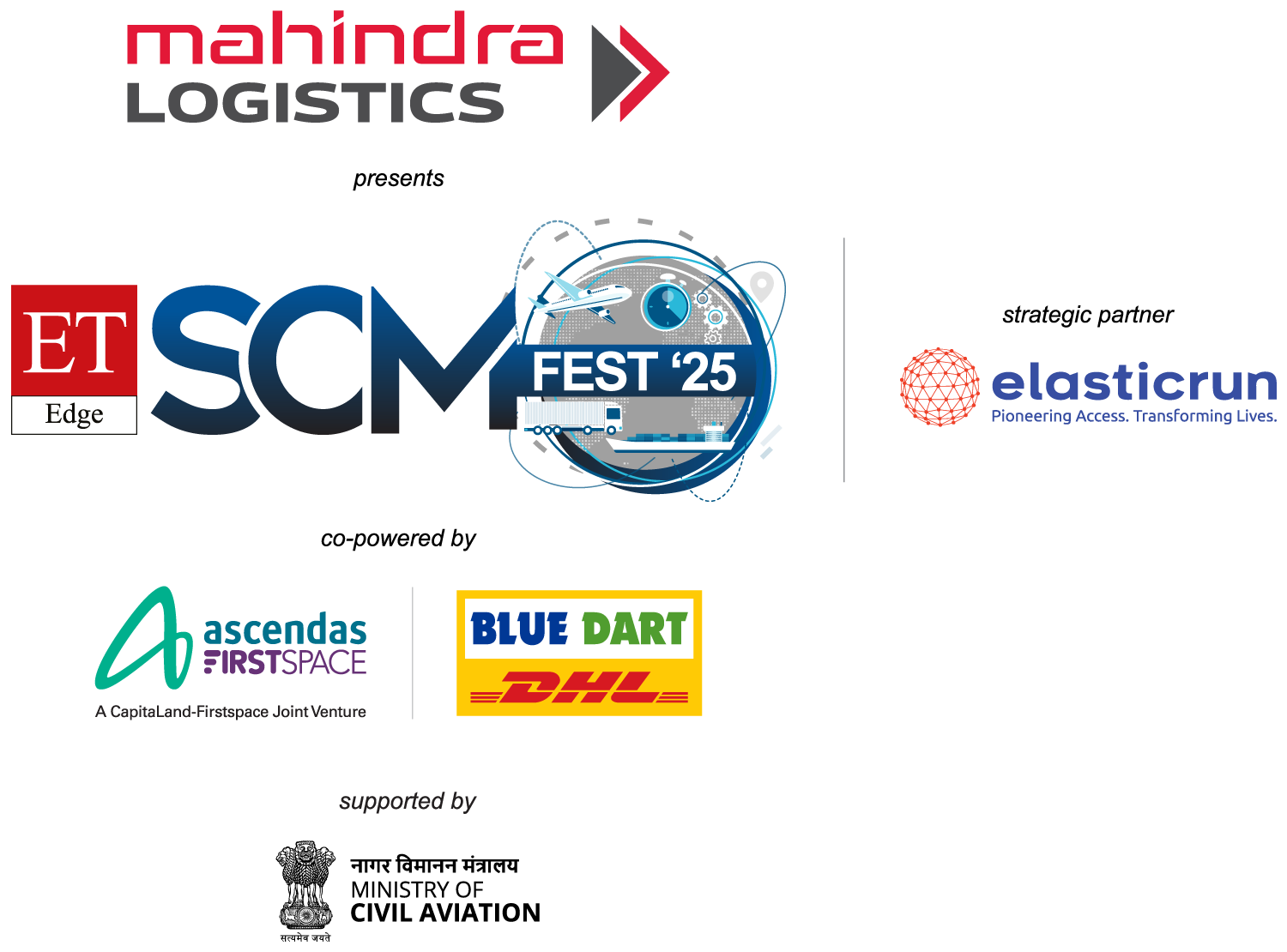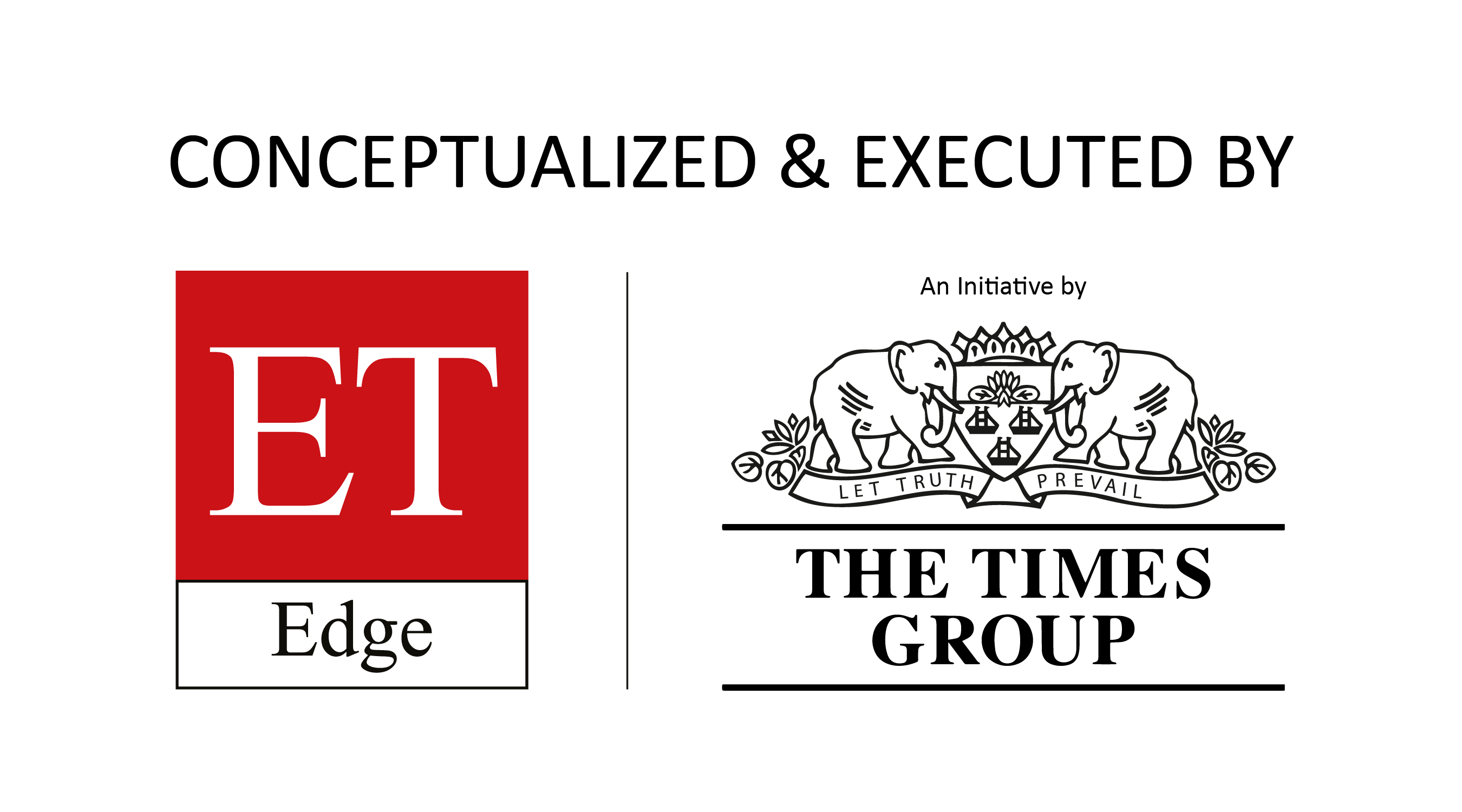Article
- Home
- Article

- scmcp2025
- 0 Comments
Building Resilience in Supply Chains
Written By: Pallavi Chaudhuri, Procurement Services Director, Perfetti
According to the Gartner Supply Chain Survey (2022), 87% of supply chain professionals planned to invest in supply chain resilience within the next two years. Significant effort has been put in by Organizations over the past few years to advance in this direction. The requirement for this has been further strengthened by the ongoing geo-political and climate-induced disruptions that we continue to witness globally. ESG-related regulatory changes are adding an additional layer of complexity.
Interventions are being driven at multiple levels to incorporate resilience into the Supply Chains.
Strategic Initiatives:
- Supplier Relationship Management (SRM) – Working towards stronger Supplier Relationships, through a well-designed SRM Program. Working closely with Strategic Partners enables supply security, collaboration on Innovation & Sustainability related objectives to drive Carbon and Cost Reduction.
- Plant and Network Harmonization – Expanding beyond a country-based Supply planning and leveraging the plant network to cater to a large Market across countries.
- Tech-enabled Risk Management – Implementing a strong risk management process which considers internal (viz. Single Supplier situations) and external (viz. geo-political) to ensure risks are minimized on an ongoing basis.
- Supply Chain Visibility through Multi-Tier Mapping – Supply chain traceability is emerging as a critical need to organization both for Risk and Sustainability purposes.
Tactical Initiatives:
- Multi-Source – Implementing initiatives identified from the overall risk management process to ensure alternate sources are qualified and approved. It is important to ensure that distance from the vendor is incorporated in the risk management process so that near shoring is considered as a strong option to reduce risk. The focus needs to be heighted for Finished Goods which have high Sales and Margin contribution for the business\.
- Improved Visibility of Demand / Supply Planning – Improved communication between the Demand / Supply Planning teams and procurement teams can help manage “Demand Shocks”.
- Inventory & Safety-Stock Considerations: Ensuring inventory and safety stock considerations are updated and refreshed depending on the ongoing situation, viz. during a pandemic like COVID inventory needs to be high to take care of supply disruptions. Even disruptions like the Red-sea conflict demand such updates to ensure ongoing operations.
- Platform Subscriptions to identify Risks – Existing Supplier Risk Management Players in the market can support on the below mentioned aspects. The right partner needs to be identified to gain the right visibility:
- Event Monitoring
- Financial
- CSR, Compliance and ESG
- Performance
- Cyber Risk
Operational Initiatives
- Team Connects: Institutionalizing regular/ weekly reviews to ensure that supply challenges are- visible at the right time and collaboration done to find the right solution. E.g. shipping required inventory from one plant location to another. The Supply disruptions witnessed over a period could be analyzed to find patterns, if any and implement loner terms solutions as well.
However, implementing these initiatives does not come without its fair share of challenges. It would be good to assess the roadblocks, find the root cause and then make the right intervention to solve the issue.
- Flow of Information across the organization, viz. sudden changes in Supply Requirements change the “Supply Coverage” and could lead to supply risks.
- Lack of Collaboration across the different departments. Viz. making sure that identified interventions to eliminate Single-Supplier Situations receive the right focus and these are consistently eliminated.
- Conflicting KPIs across the organization, viz. Low Inventory levels as a KPI for Warehouse, could conflict with Supply Continuity Requirements as a KPI for Procurement
Most of these challenges demand a closely-knit organization with a globally led Risk Control Tower. Key benefits would include:
- Heightened visibility of risks across the organization.
- Proactive Risk Management through early identification and mitigation of potential risks.
- Improved Decision-Making with accurate and timely risk data.
- Maintenance of regulatory compliance in an evolving environment
- Operational efficiency through efficient resource allocation.
Certain Organizational Structures and Ways-of-Working are better suited to handle these requirements:
- An Operations Organization, which includes Supply Planning, R&D, Procurement and Manufacturing under the same umbrella.
- A centrally driven Performance review process, which ensures that KPIs of different departments are neither set nor reviewed in reviewed in isolation. E.g. Inventory levels must be reviewed in the same forum as “Supply” and “Production Continuity”. As an example, monthly reviews of the entire Operations Function could be done at a regional / global level, reviewing performance by country. A Matrix organization would possibly work best in this situation.
- All Risk Mitigation initiatives must feed into a single globally aligned Project List, so the required resource alignment is done, and conflicts don’t emerge during implementation phases.
The above-listed strategies must provide you an overview of the interventions needed to increase reliability and resilience in your supply chains.
© Copyright 2025. All Rights Reserved.


